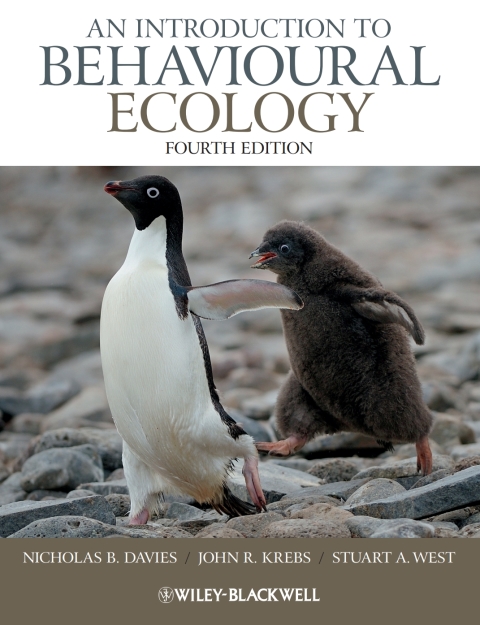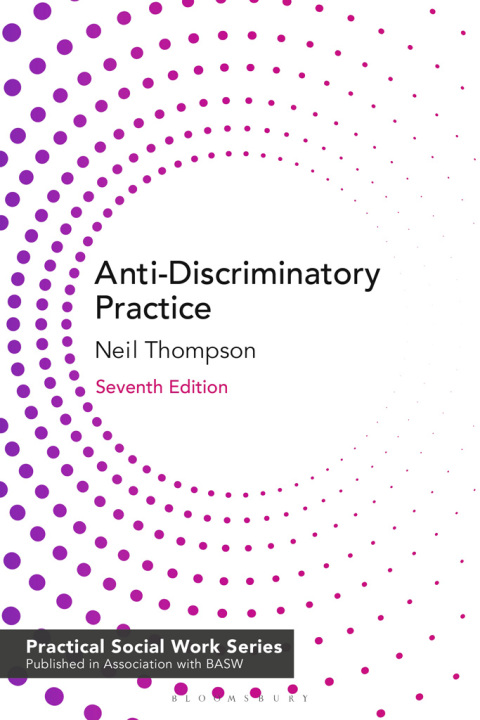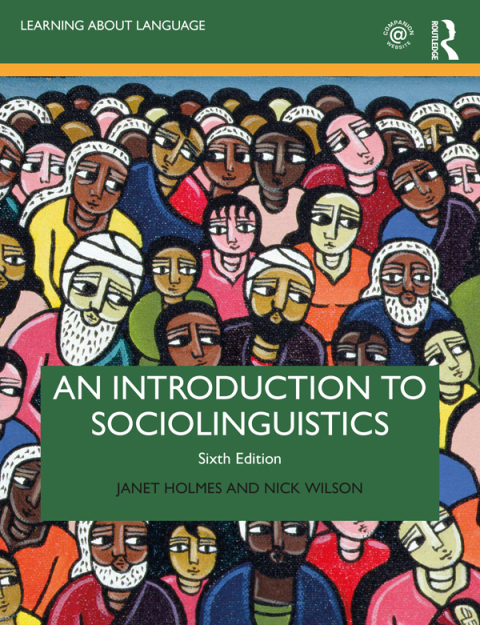Description
Efnisyfirlit
- An Introduction to Behavioural Ecology
- Contents
- Preface
- Acknowledgements
- 1 Natural Selection, Ecology and Behaviour
- Watching and wondering
- Natural selection
- Genes and behaviour
- Selfish individuals or group advantage?
- Phenotypic plasticity: climate change and breeding times
- Behaviour, ecology and evolution
- Summary
- Further reading
- Topics for discussion
- 2 Testing Hypotheses in Behavioural Ecology
- The comparative approach
- Breeding behaviour of gulls in relation to predation risk
- Social organization of weaver birds
- Social organization in African ungulates
- Limitations of early comparative studies
- Comparative approach to primate ecology and behaviour
- Using phylogenies in comparative analysis
- The comparative approach reviewed
- Experimental studies of adaptation
- Summary
- Further reading
- Topics for discussion
- 3 Economic Decisions and the Individual
- The economics of carrying a load
- The economics of prey choice
- Sampling and information
- The risk of starvation
- Environmental variability, body reserves and food storing
- Food storing birds: from behavioural ecology to neuroscience
- The evolution of cognition
- Feeding and danger: a trade-off
- Social learning
- Optimality models and behaviour: an overview
- Summary
- Further reading
- Topics for discussion
- 4 Predators versus Prey: Evolutionary Arms Races
- Red Queen evolution
- Predators versus cryptic prey
- Enhancing camouflage
- Warning colouration: aposematism
- Mimicry
- Trade-offs in prey defences
- Cuckoos versus hosts
- Summary
- Further reading
- Topics for discussion
- 5 Competing for Resources
- The Hawk–Dove game
- Competition by exploitation: the ideal free distribution
- Competition by resource defence: the despotic distribution
- The ideal free distribution with unequal competitors
- The economics of resource defence
- Producers and scroungers
- Alternative mating strategies and tactics
- ESS thinking
- Animal personalities
- Summary
- Further reading
- Topics for discussion
- 6 Living in Groups
- How grouping can reduce predation
- How grouping can improve foraging
- Evolution of group living: shoaling in guppies
- Group size and skew
- Group decision making
- Summary
- Further reading
- Topics for discussion
- 7 Sexual Selection, Sperm Competition and Sexual Conflict
- Males and females
- Parental investment and sexual competition
- Why do females invest more in offspring care than do males?
- Evidence for sexual selection
- Why are females choosy?
- Genetic benefits from female choice: two hypotheses
- Testing the hypotheses for genetic benefits
- Sexual selection in females and male choice
- Sex differences in competition
- Sperm competition
- Constraints on mate choice and extra-pair matings
- Sexual conflict
- Sexual conflict: who wins?
- Chase-away sexual selection
- Summary
- Further reading
- Topics for discussion
- 8 Parental Care and Family Conflicts
- Evolution of parental care
- Parental investment: a parent’s optimum
- Varying care in relation to costs and benefits
- Sexual conflict
- Sibling rivalry and parent–offspring conflict: theory
- Sibling rivalry: evidence
- Parent–offspring conflict: evidence
- Brood parasites
- Summary
- Further reading
- Topics for discussion
- 9 Mating Systems
- Mating systems with no male parental care
- Mating systems with male parental care
- A hierarchical approach to mating system diversity
- Summary
- Further reading
- Topics for discussion
- 10 Sex Allocation
- Fisher’s theory of equal investment
- Sex allocation when relatives interact
- Sex allocation in variable environments
- Selfish sex ratio distorters
- Summary
- Further reading
- Topics for discussion
- 11 Social Behaviours: Altruism to Spite
- Kin selection and inclusive fitness
- Hamilton’s rule
- How do individuals recognize kin?
- Kin selection doesn’t need kin discrimination
- Selfish restraint and kin selection
- Spite
- Summary
- Further reading
- Topics for discussion
- 12 Cooperation
- What is cooperation?
- Free riding and the problem of cooperation
- Solving the problem of cooperation
- Kin selection
- Hidden benefits
- By-product benefit
- Reciprocity
- Enforcement
- A case study – the Seychelles Warbler
- Manipulation
- Summary
- Further reading
- Topics for discussion
- 13 Altruism and Conflict in the Social Insects
- The social insects
- The life cycle and natural history of a social insect
- The economics of eusociality
- The pathway to eusociality
- The haplodiploidy hypothesis
- The monogamy hypothesis
- The ecological benefits of cooperation
- Conflict within insect societies
- Conflict over the sex ratio in the social hymenoptera
- Worker policing in the social hymenoptera
- Superorganisms
- Comparison of vertebrates with insects
- Summary
- Further reading
- Topics for discussion
- 14 Communication and Signals
- The types of communication
- The problem of signal reliability
- Indices
- Handicaps
- Common interest
- Human language
- Dishonest signals
- Summary
- Further reading
- Topics for discussion
- 15 Conclusion
- How plausible are our main premises?
- Causal and functional explanations
- A final comment
- Summary
- Further reading
- References
- Index





